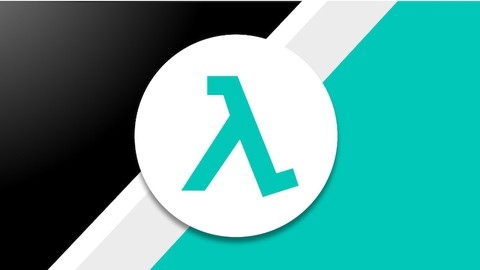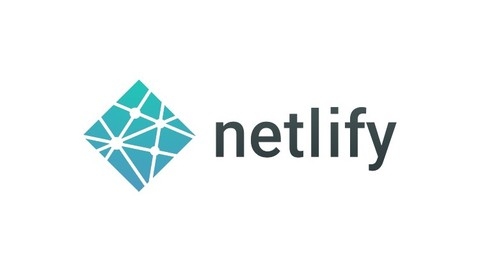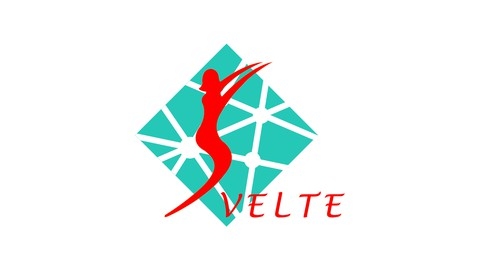Netlify is a powerful cloud platform that simplifies the process of building and deploying modern web applications.
With its robust features, including serverless functions, continuous deployment, and built-in tools for hosting static websites and front-end frameworks, Netlify empowers developers to create engaging and performant web experiences.
Learning Netlify can unlock a world of possibilities for web developers, enabling them to build more sophisticated web applications, streamline their workflow, and deploy their projects with greater speed and efficiency.
Finding the right Netlify course on Udemy can be challenging.
You’re probably searching for a course that is comprehensive, engaging, and taught by experts who can guide you through the complexities of this powerful platform.
It should provide practical experience with real-world projects to help you solidify your understanding.
We’ve meticulously reviewed numerous Udemy courses and have chosen Serverless Functions with Netlify as the best overall course.
This course stands out for its comprehensive approach to serverless functions on Netlify, covering everything from basic syntax to advanced API development.
The instructor expertly guides learners through the process of building real-world applications, including a product listing application, a voting survey, a weather app, and a newsletter signup form.
This hands-on approach makes learning fun and effective, empowering you to build valuable skills that are highly sought after in today’s web development landscape.
This is just one of the many excellent Netlify courses available on Udemy.
Continue reading to discover more options tailored to different learning styles and goals, covering topics such as deploying static websites, integrating Netlify Identity, and utilizing NetlifyCMS for content management.
Serverless Functions with Netlify
You’ll start by setting up your development environment, including installing a text editor and fixing any video blur issues.
The course then dives into the fundamentals of serverless functions, covering syntax details, status codes, and examples.
One of the key focuses is building APIs with serverless functions.
You’ll learn how to create basic APIs, handle redirects and auto imports, and deploy your APIs using Netlify’s continuous deployment feature.
The course also covers important concepts like environment variables, handling CORS errors, and understanding free request limits.
The course extensively uses Airtable, a popular no-code database platform, to teach you how to fetch and display data from an Airtable base.
You’ll build a product listing application that fetches data from Airtable and displays it on the front-end.
Another practical project you’ll build is a voting survey application that allows users to vote on different options.
You’ll learn how to handle different HTTP methods like PUT to modify data on the server.
The course also covers building a weather application by integrating with a weather API, as well as a newsletter signup application that uses the Buttondown API to add subscribers to a mailing list.
Additionally, you’ll learn how to send emails using serverless functions, integrate with Stripe for payment processing, and even build a React application that uses serverless functions for its backend.
Throughout the course, you’ll gain hands-on experience with various front-end technologies like React, as well as back-end concepts like APIs, serverless functions, and databases like Airtable.
Netlify - The Complete Guide (FullStack Serverless)
You’ll start by learning about the different deployment options with Netlify, including the Netlify CLI, continuous deployments, and the build process.
The course will teach you how to configure build settings, deploy settings, and environment variables for your projects.
Moving on, you’ll dive into Netlify’s serverless functions, learning how to create and deploy them, including using TypeScript.
The course also covers linking local repositories to existing sites on Netlify.
Forms are a crucial aspect of web development, and the course dedicates a section to Netlify Forms.
You’ll learn how to create forms in plain HTML, React, and Gatsby, as well as how to handle form submissions, spam filtering, and AJAX submissions.
Identity management is another important topic covered in the course.
You’ll learn how to integrate Netlify Identity with plain HTML sites, React applications using gotrue-js, and how to configure useful Identity settings.
The course also covers protected serverless functions and event-driven functions related to Identity.
The course introduces you to NetlifyCMS, a popular content management system.
You’ll learn how to create blogs and websites, configure the CMS, set up editorial workflows, manage collections and widgets, schedule posts, and handle media management.
Finally, the course touches on Netlify add-ons like Analytics and Large Media, which can help you optimize your website’s performance and manage large files more efficiently.
Throughout the course, you’ll gain hands-on experience with Netlify’s powerful features, enabling you to build and deploy modern, serverless web applications with ease.
Create Static Websites with ChatGPT, WordPress and Netlify
This course goes from the basics of HTML, CSS, and JavaScript to more advanced concepts like integrating WordPress with Xampp, using ChatGPT to generate blog content, and deploying your site to Netlify.
You’ll start by learning the fundamentals of HTML and CSS, with quizzes and exercises to reinforce your understanding.
Then, you’ll dive into JavaScript basics, which will come in handy when you start working with Codepen to clone static web pages.
One of the highlights of the course is the section on integrating Xampp and WordPress to create a local server.
This will allow you to experiment with WordPress and Elementor without affecting your live site.
You’ll also learn how to use Astra Themes and Starter Templates to quickly set up a professional-looking website.
You’ll learn how to use ChatGPT to generate blog articles and NightCafe AI to create images for those articles.
This can save you a ton of time and effort, especially if you’re running a content-heavy website.
Once you’ve got your website up and running, you’ll learn how to use WP to Static to generate a static version of your site, which you can then deploy to GitHub and Netlify.
This is a great way to take advantage of Netlify’s fast and secure hosting, while still benefiting from the power and flexibility of WordPress.
Throughout the course, you’ll have the opportunity to work with tools like Codepen, LottieFiles, and Elementor, which will give you a well-rounded skillset for building and deploying static websites.
Build with Svelte, Deploy with Netlify. Awesome together!
The course starts with the basics of Svelte and its core concepts like design, state management, components, and data flow.
You’ll learn how to set up the necessary software and accounts, including Svelte itself, its dependencies, the Netlify client, and a course project folder structure.
From there, the course dives into building a real-world application called “Flip” using Svelte components.
One of the standout features is the integration with MongoDB Atlas and Compass.
You’ll learn how to set up a .env file and create Netlify serverless functions like getProjects.js to interact with the database.
The course covers building an API using db-helper.js and Api.js to fetch and manage project data stored in a projects.js store.
But it’s not just about reading data.
You’ll also learn how to implement CRUD (Create, Read, Update, Delete) operations for projects.
This includes building serverless functions like addProjects.js, updProject.js, and delProject.js on the Netlify side, as well as the corresponding backend code in Api.js and the projects.js store.
User authentication is another key aspect covered in the course.
You’ll learn how to set up a user store and local storage, as well as create serverless functions like registerUser.js and loginUser.js for user registration and login.
The course guides you through building components like Login.svelte and Logio.svelte to handle the authentication flow.
Once you’ve mastered the core functionality, the course dives into more advanced topics like project filtering, implementing likes, creating alerts with Alert.svelte, and adding transitions.
There’s even a section dedicated to building an “EzFlip!”
feature, which involves updating the API and the projects.js store.
Finally, you’ll learn how to deploy your Svelte application to Netlify, covering both manual deployment and continuous deployment options, including linking your Netlify website with a GitHub repository.
Throughout the course, you’ll be building a real-world application, giving you hands-on experience with Svelte, Netlify, and the various technologies and concepts covered.




